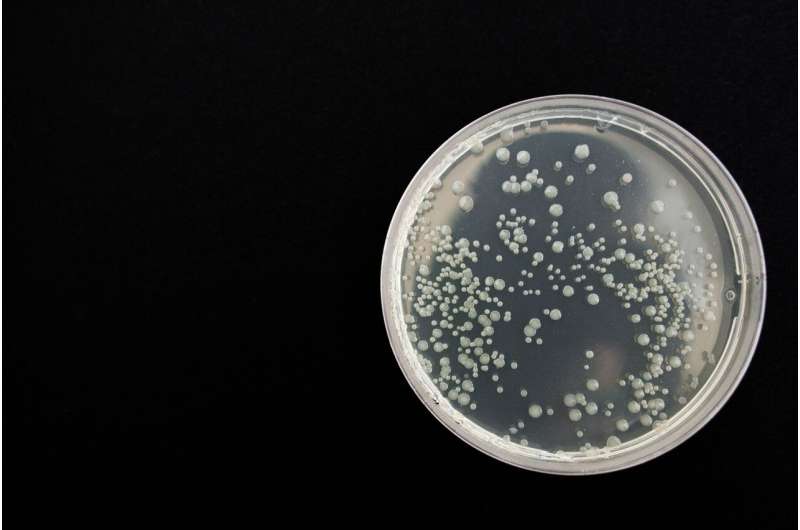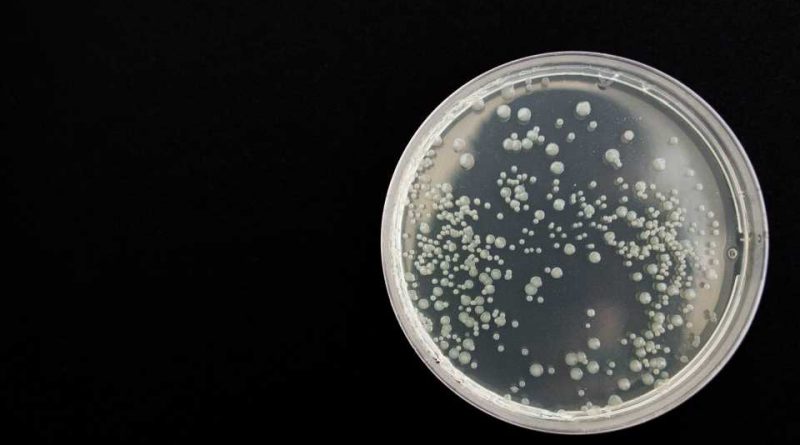Study shows how Paxlovid resistance emerges in persistent infections

Paxlovid is still a highly effective treatment for most people infected with SARS-CoV-2 and the drug prevents many hospitalizations and deaths from COVID.
But for millions of immunocompromised people whose infections may persist for months, the antiviral drug can lose its effectiveness as the virus mutates. Although patients may initially experience a decrease in viral load, as these mutations arise, the virus can return unimpeded by the drug, bringing the risk of disease and even death.
A study that reveals how the virus mutates to escape Paxlovid could now help chemists design better drugs that are more difficult for SARS-CoV-2 to sidestep. The study, led by researchers at Columbia University and several universities in China, was published Sept. 11 in Nature.
“This type of approach helped to improve HIV drugs, and we think it’s a good way to improve antivirals against SARS-CoV-2,” says Sho Iketani, Ph.D., assistant professor of medical sciences at Columbia University’s Vagelos College of Physicians and Surgeons and Aaron Diamond AIDS Research Center, who co-led the research with David D. Ho, MD, the Clyde ’56 and Helen Wu Professor of Medicine, professor of microbiology & immunology, and director of the Aaron Diamond AIDS Research Center, and Haitao Yang, Ph.D., of ShanghaiTech University.
“Right now, patients only have three antiviral drug options, nirmatrelvir (the active ingredient in Paxlovid), remdesivir, and molnupiravir. More choice is always better.”
Escape mutations in SARS-CoV-2
In the study, Iketani and colleagues looked at how mutations allow the virus to evade nirmatrelvir. Images of the drug when bound to its viral target, Mpro, revealed that mutations in the binding pocket have the greatest effect and prevent the drug from binding.
The same mutations also allowed the coronavirus to escape another Mpro inhibitor, Japan’s ensitrelvir, but to a lesser degree, providing clues to how Mpro inhibitors could be improved.
Paxlovid-resistant viruses with these mutations have been found in some immunocompromised patients and others with persistent infections.
“The good news is that it seems that the virus suffers a pretty big fitness penalty when it develops resistance, so I don’t think we’ll see resistant variants spread widely if it must balance this loss,” Iketani says.
Paxlovid-resistant variants of SARS-CoV-2 are also unlikely to develop outside of the immunocompromised population. “Because otherwise healthy individuals taking Paxlovid will rapidly clear the virus, the opportunity for the virus to mutate to evade the drug in the general population is low,” Iketani says.
More information:
Duan, Y. et al, Molecular mechanisms of SARS-CoV-2 resistance to nirmatrelvir. Nature (2023). DOI: 10.1038/s41586-023-06609-0 www.nature.com/articles/s41586-023-06609-0
Journal information:
Nature
Source: Read Full Article
